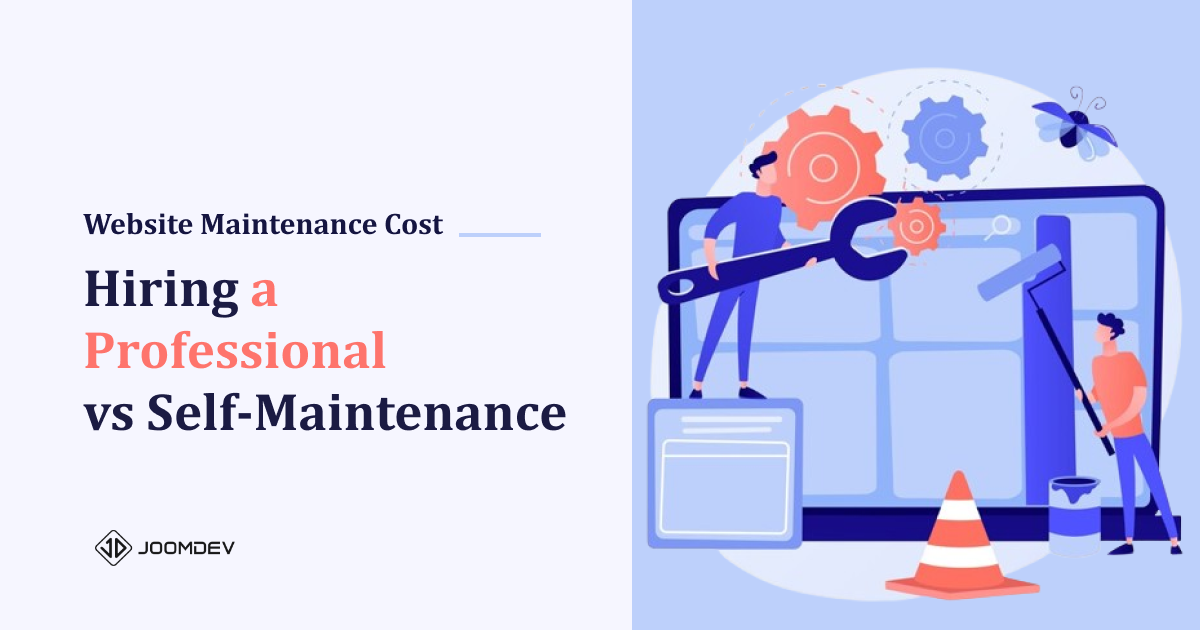With today’s fierce competition in the ecommerce space, it’s extremely difficult to make your online store stand out from the flooded market and attract customers. Also, customers now have myriad options to purchase from, so businesses have to work super hard to grab customer attention and make them stay long enough on their websites to make a purchase. With so much competition, depending solely on high-quality products won’t be enough to stay ahead of the curve and succeed in the increasingly vast ecommerce world.
Fortunately, there are many excellent ways small brands and businesses can compete with established brands online, even without large marketing budgets. One of these ways is by developing a frictionless UX design to improve the shopping experience on their websites. A great way to achieve that is by adding a secure web gateway to their ecommerce store to protect their customers from common threats, like malware infections while performing online transactions. If your website doesn’t offer a seamless shopping experience, customers will abandon your site and purchase from a competitor.
Here are some ways you can ensure your ecommerce website offers the best shopping experience:
Improve eCommerce Website User Experience
- 1. Optimize for mobile
- 2. Maximize Loading Speed
- 3. Make It Easy To Navigate
- 4. Implement Simple and Secure Checkout Processes
- 5. Give Personalized Product Recommendations
- 6. Optimize Your Product Descriptions
- 7. Offer Virtual Assistance
- 8. Use Customer Feedback to Improve User Experience
- 9. Reward Your Customers
- Endnote
1. Optimize for mobile
One of the main things you can do to improve the shopping experience for your customers is to make your ecommerce website mobile friendly. With over 6 billion smartphone users and most shoppers using their phones to perform product searches and make purchases, you’re likely to turn away thousands, if not millions, of potential customers if your site isn’t mobile-friendly.
Therefore, most shoppers expect businesses to have mobile-friendly sites. Optimizing your online store for mobile can help deliver a smooth and pleasant shopping experience for customers, generating more leads and improving conversions. A mobile-friendly website also makes it more convenient and easier for your customers to shop even while on the go. It also helps your ecommerce site rank higher on search engine search results, which can boost your online visibility and bring in more organic visitors.
2. Maximize Loading Speed
A slow-loading online store can drive away potential customers, given that most people have shorter attention spans and are often busy. In fact, 40 percent of online shoppers have been reported to abandon a website if the pages take too long to load. As such, you’re likely to experience increased shopping cart abandonments and bounce rates if your website loads slowly, leading to huge losses.
Another study shows that a one-second delay in page loading speed can reduce customer satisfaction by up to 16 percent and a seven percent loss in conversion. Therefore, it’s critically important that you optimize your site’s loading speeds to provide customers with a smoother and speedier shopping experience. Besides improving your customer experience, a faster-loading website can improve your search engine rankings, making it easier for potential customers to find you. Great ways to maximize your site’s loading speeds include improving server response times, optimizing product images, and reducing redirects. You can also invest in web hosting such as HyperHost. Proper hosting for eCommerce can positively impact your website speed.
3. Make It Easy To Navigate
Poor website navigation can easily disorient and confuse potential customers. That’s because having a lot of clutter in your navigation or a disorganized and complex design makes it difficult for people to navigate your site or find what they’re looking for, increasing your risk of losing potential customers. Improving your site’s navigation can make it easier for shoppers to navigate, making them more inclined to stay longer and explore all the different products you offer.
You can organize your site’s navigation by categorizing products in the main menu and removing unnecessary links and clutter. Also, add subcategories within your main product categories and highlight the category the shopper is currently in. For an even better user experience, consider including filters that make it incredibly easy and fast for shoppers to search and find the exact product they’re looking for based on the price, location, size, color, and more. You may also want to add voice search since most searches in the future will be done through voice.
4. Implement Simple and Secure Checkout Processes
A lengthy and complicated checkout process is one of the leading causes of shopping cart abandonments. When your checkout process is difficult to complete, customers are more likely to leave your site before purchasing. Therefore, your goal should be to improve the user experience on your site by streamlining the checkout process as much as possible. That means making the payment process simple and easy for your customers, so you can seal the deal as fast as possible.
A great way to streamline your site’s checkout process is implementing a guest checkout process instead of requiring customers to register before they make payment. Ensure there are no distractions in the checkout process and don’t ask for too much unnecessary information from the shoppers. You may also want to implement a secure payment process since most shoppers are usually concerned about their data security when transacting online. And most importantly, add as many payment methods as possible that customers can choose from for a better and seamless shopping experience.
5. Give Personalized Product Recommendations
Personalization is crucial for building customer loyalty and improving user experience on your ecommerce website. Providing your customers with personalized content can make them feel valued, helping you build a meaningful relationship with them and increasing their chance of purchasing with you. One of the best and most effective ways to provide a personalized customer experience is by offering product recommendations based on prior transactions.
This can help guide your shoppers to the right products and even discover new ones they’re likely interested in. This also offers a chance to cross-sell and up-sell products, creating a better shopping experience and increasing the average order value. Providing personalized product suggestions helps create a better experience for your shoppers by speeding up the shopping process and helping you finalize a sale much faster.
6. Optimize Your Product Descriptions
Before providing personalized product recommendations, you must first optimize your site’s product descriptions. Writing clear and concise product descriptions helps shoppers to learn important details about the products before making a purchase. Your product descriptions should include bullet lists to make it easier for customers to scan important product details.
Since customers cannot physically check the product when shopping online, it’s crucial you also add high-quality, realistic product photos taken from different angles. This will give them a better idea of what they’re buying, which can improve their shopping experience and help them make more informed buying decisions.
7. Offer Virtual Assistance
Online shoppers demand the same attention they would get from a sales rep in a physical store. While providing a support phone number, email, and social media handles is a superb way to offer customer support, most online shoppers want prompt assistance no matter the time of the day. Therefore, you need to always be available to address any issues customers raise and provide instant replies to their questions.
The simplest and most efficient customer support solution for your ecommerce site is using chatbots and AI-enabled tools to provide 24/7 customer support and service. Moreover, most people prefer communicating via eCommerce chatbots. Making it easier for customers to reach you and addressing their issues and concerns in a timely way can improve their shopping experience and make them want to visit your online store again.
8. Use Customer Feedback to Improve User Experience
Paying attention to customer feedback is another effective way to enhance the user experience on your ecommerce site. Whether positive or negative feedback, your customer’s opinions can give you valuable insights that you need to improve your site’s user experience. Therefore, you should read all reviews and feedback you receive from your customers, provide solutions to their complaints, and answer any queries they have.
Actively request your customers for feedback on social media and through automated emails. You may even offer them a gift or a discount as an incentive for providing feedback. Analyzing the feedback you receive will help you know about issues and glitches that could destroy the user experience on your ecommerce site. Addressing the issues your customers raise will make them feel you value their opinions and enhance their experience while shopping on your site. For the product you ship, you can take feedback via a QR code which can be easily generated using a QR code generator.
Requesting your customers for feedback is essential for improving the user experience on your e-commerce site. Utilizing a QR code generator for feedback collection can streamline this process, making it easier for customers to share their insights. This proactive approach not only helps in identifying and addressing issues but also shows your customers that their opinions are valued. For more on enhancing your online business, including how to make money on FeetFinder, explore our resources.
9. Reward Your Customers
Apart from listening to your customers, another strategy proven to enhance user experience is implementing a reward system on your ecommerce website. You can reward your customers with reward points, discounts, gift vouchers, and gift coupons. The reward can be given after completing a conversion action like making a purchase, signing up, sharing a referral link, and more. Implementing a reward system can help boost brand awareness, build customer loyalty, and attract new customers to your ecommerce site. Rewarding your customers with special gifts and discounts can also encourage them to shop again from your ecommerce store. Ensure any promotional offers and codes you give your customers are easy to redeem to avoid creating a bad user experience.
Endnote
While there are many ecommerce websites, creating an exceptional user experience can help your online store stand out from the crowd and thrive in the ecommerce space. Implementing the above strategies can enhance your customers’ shopping experience, making them want to return.








